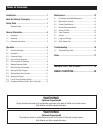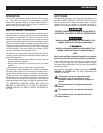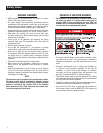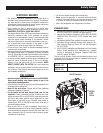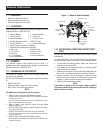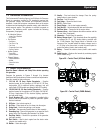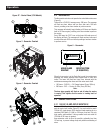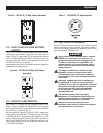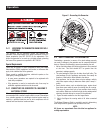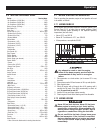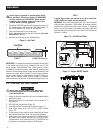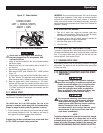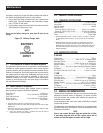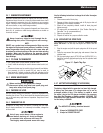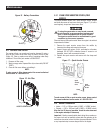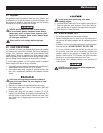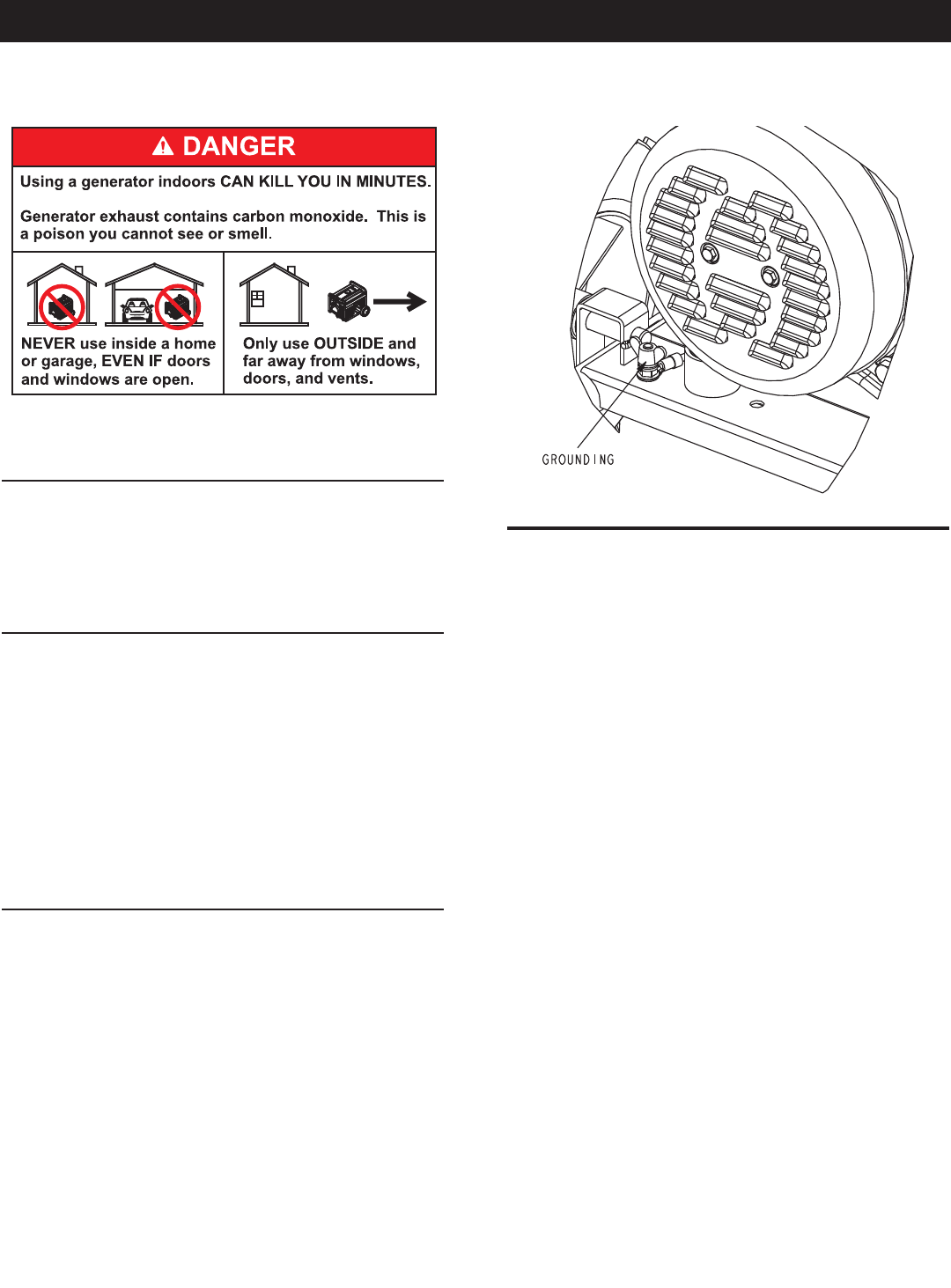
8
2.4.1 GROUNDING THE GENERATOR WHEN USED AS A
PORTABLE
This generator has an equipment ground that connects the
generator frame components to the ground terminals on the AC
output receptacles (see NEC 250.34 (A) for explanation). This
allows the generator to be used as a portable without grounding
the frame of the generator as specified in NEC 250.34.
Special Requirements
There may be Federal or State Occupational Safety and Health
Administration (OSHA) regulations, local codes, or ordinances that
apply to the intended use of the generator.
Please consult a qualified electrician, electrical inspector, or the
local agency having jurisdiction:
• In some areas, generators are required to be registered with
local utility companies.
• If the generator is used at a construction site, there may be
additional regulations which must be observed.
2.4.2 CONNECTING THE GENERATOR TO A BUILDING’S
ELECTRICAL SYSTEM
When connecting directly to a building's electrical system, it is
recommended that a manual transfer switch is used. Connections
for a portable generator to a building's electrical system must be
made by a qualified electrician and in strict compliance with all
national and local electrical codes and laws.
Figure 8 - Grounding the Generator
2.5 DON’T OVERLOAD THE GENERATOR
Overloading a generator in excess of its rated wattage capacity
can result in damage to the generator and to connected electrical
devices. Observe the following to prevent overloading the unit:
• Add up the total wattage of all electrical devices to be connected
at one time. This total should NOT be greater than the
generator's wattage capacity.
• The rated wattage of lights can be taken from light bulbs. The
rated wattage of tools, appliances and motors can usually be
found on a data label or decal affixed to the device.
• If the appliance, tool or motor does not give wattage, multiply
volts times ampere rating to determine watts (volts x amps =
watts).
• Some electric motors, such as induction types, require about
three times more watts of power for starting than for running.
This surge of power lasts only a few seconds when starting
such motors. Make sure to allow for high starting wattage when
selecting electrical devices to connect to the generator:
1. Figure the watts needed to start the largest motor.
2. Add to that figure the running watts of all other connected
loads.
The Wattage Reference Guide is provided to assist in determining
how many items the generator can operate at one time.
NOTE:
All figures are approximate. See data label on appliance for
wattage requirements.
Operation



